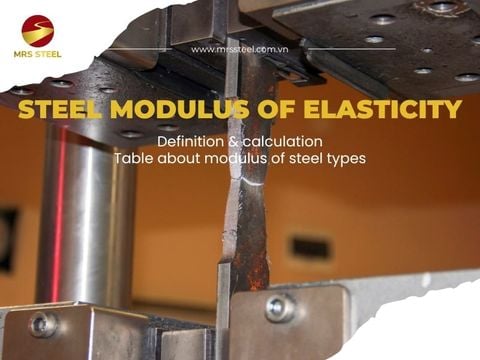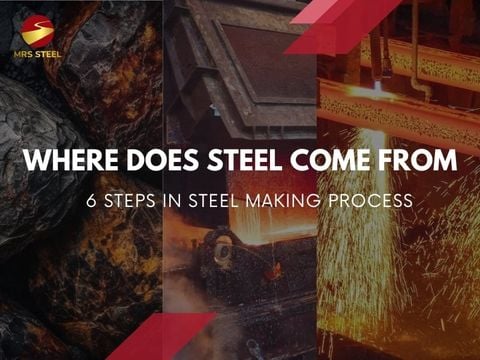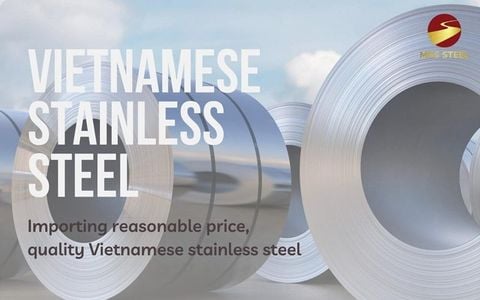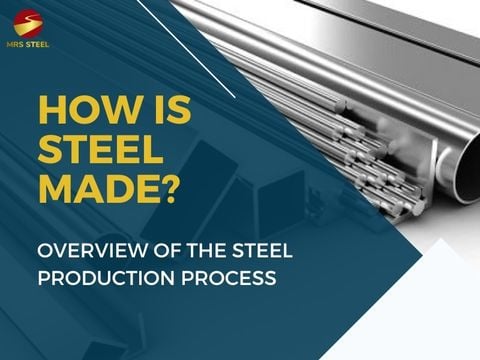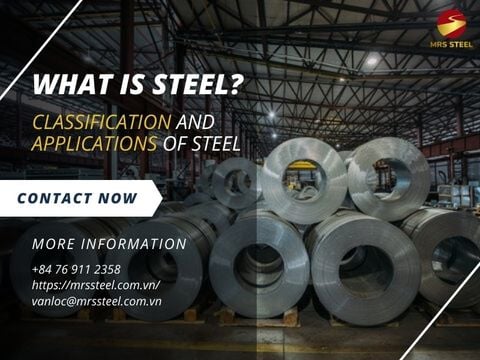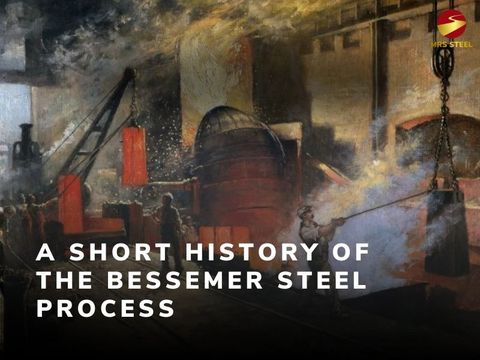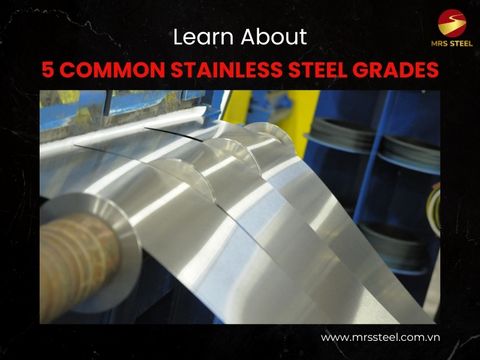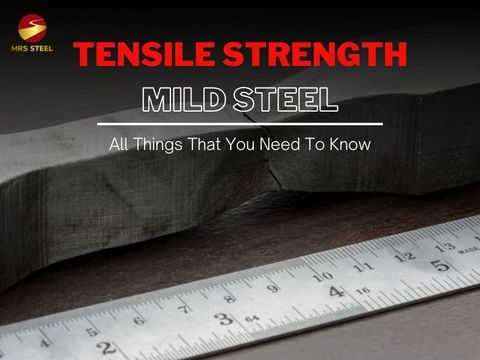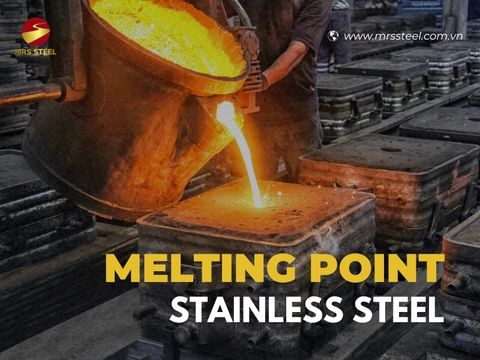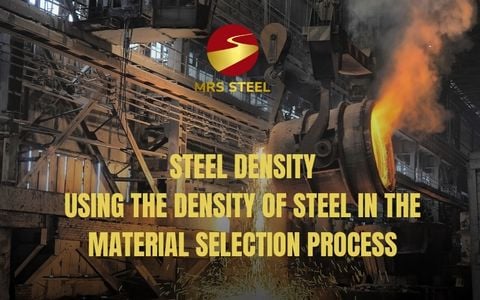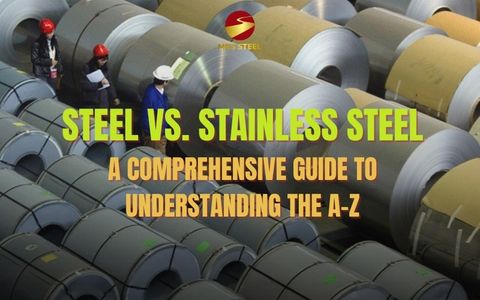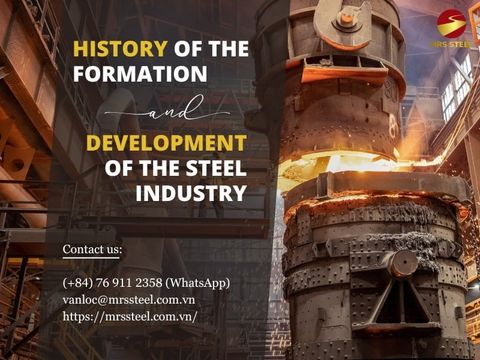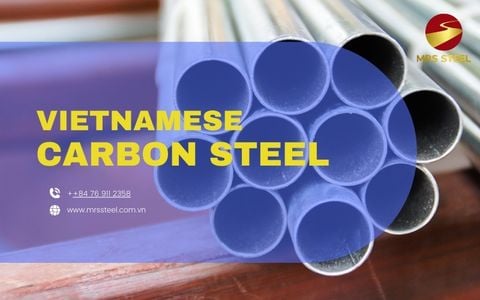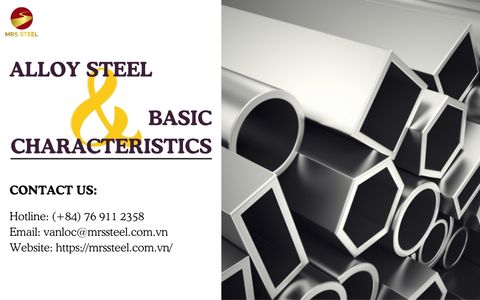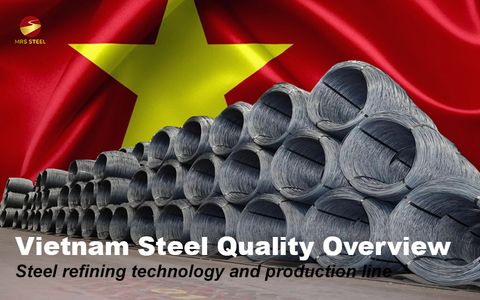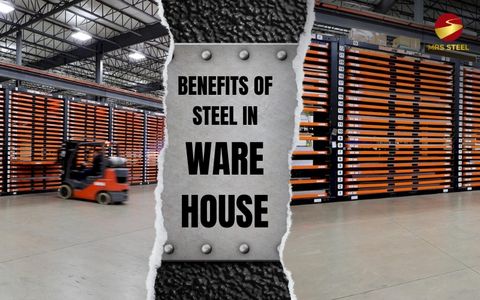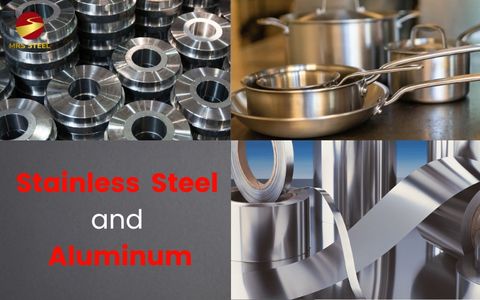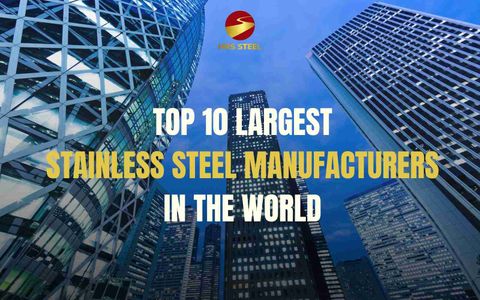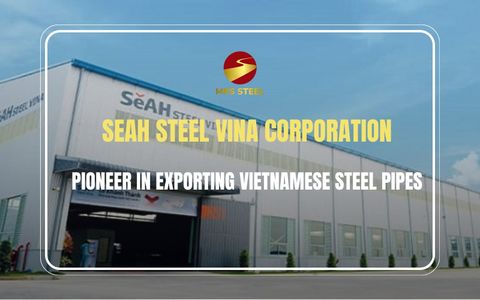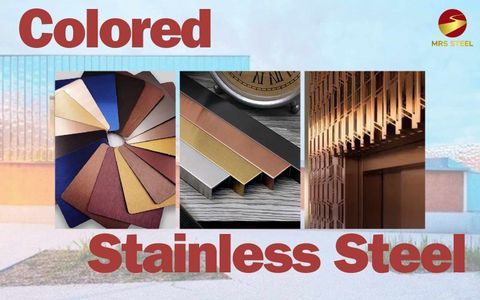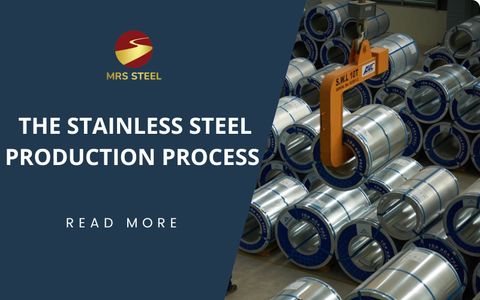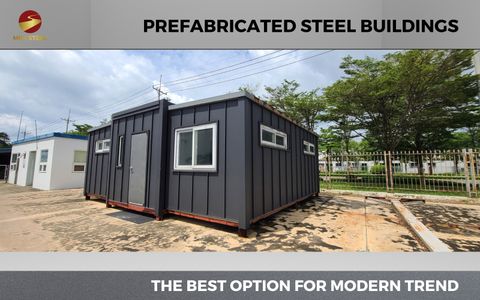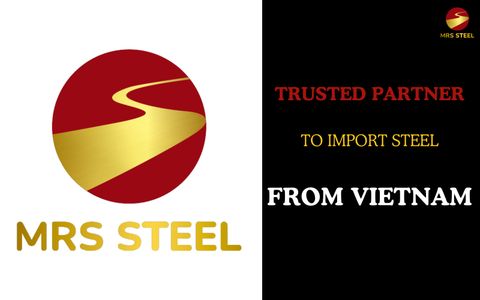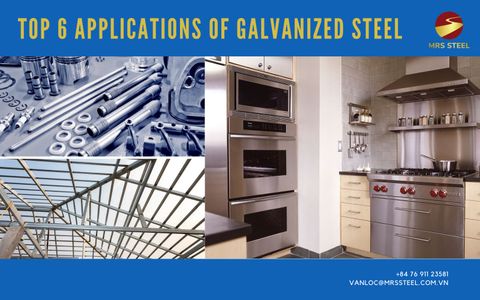Things to note when transporting steel by sea: Ensure absolute safety of goods

BlogDate: 07-11-2023 by: Ngoc Cam
After completing the required steel production process, the factories will package and transport the steel to the importer. This process needs to comply with strict storage and handling standards as it impacts product quality.
1. Transporting steel from the factory
Once the order production process is completed, the method of transporting steel depends on various factors, depending on the customer's requirements, such as:
Weight of steel
Number of components
Form of transportation
Geographical distance
Weather conditions
Delivery time
…
Therefore, the importer needs to provide detailed transportation requirements and at the same time discuss with the factory to find the most reasonable plan, optimize time and ensure the safety of the package.
During transportation, the product is firmly fixed to avoid being moved or bumped causing dents or deformation. Transportation vehicles are also carefully calculated so that no problems occur during travel.

2. Preserve steel structures
When steel structures are waiting for export, they must be strictly and carefully preserved in warehouses that meet the following basic requirements:
- The warehouse has a capacity of 0.5-1T per 1m2 for solid structures and 0.6-0.8T per 1m2 for other light structures. Arrangement of steel components must comply with predetermined procedures.
- The warehouse floor must also be flat, dry and able to bear weight. When arranging products, ensure the following factors:
+ Use concrete or wooden panels as support for steel structures, arrange them neatly into piles of multiple tiers to optimize space.
+ The height of each pile must be less than 1.5m and the distance between two piles must be at least 0.75m, the distance between the edge of the pile and the transport road is less than 2m.
- Arrange in a straight and tidy line, products do not come into direct contact with the background, the minimum height between the structures and the background is 20-30 cm
- Arrange steel structures according to weight, usage needs and small details should be divided into areas

3. Loading and unloading process of steel structures
Under the ship's hold
Shore cranes or ship cranes use support tools such as cables and specialized hooks to access the ship's deck area to load cargo. Workers attach specialized hooks to both ends of the packages and stack the appropriate number of packages based on the weight and lifting capacity of the crane. The crane stops at a height of about 2 meters to perform safety checks before continuing to the required position. After the goods leave the hatch, workers in the ship's hold can install new packages. The principles, technical requirements and labor safety that need to be noted are as follows:
Goods are taken from top to bottom, do not take one side as this will cause the package to be unbalanced
Shaped steel goods or long heavy structures need to use sharp cables or crowbars to lift the goods when threading the cables
On the wharf
When the goods are brought to the unloading position by the crane, workers use a landing hook to adjust the position of the package and let it drop gently and safely. Steel structures are transported by forklifts to the yard or unloaded onto transport vehicles as required. For the process of loading and unloading goods on the wharf, it is necessary to meet the following techniques:
Goods must be padded in a stable and secure manner before the cable hook can be removed from the package
Workers keep a safe distance from packages during the loading and unloading process

On yards and warehouses
Forklifts stack goods into piles under the guidance of the manager in charge. Goods are arranged in a certain order, ensuring safety requirements for height, size, and distance. The maximum height of each pile is 1.5m, the distance between piles is 5m, fixed with pads to avoid rolling and falling.
4. MRS Steel supports the entire Vietnamese steel import process
In recent times, the General Department of Customs has continuously updated documents guiding the process of exporting steel in the form of public or bulk ships. MRS Steel's logistics team will search for the most optimal shipping unit and form for the package, ensuring cost and time savings for customers.
MRS Steel has more than 12 years of experience in the field of exporting Vietnamese steel to numerous countries and continents around the world. Therefore, importers are completely assured of our reputation and experience in the international market.
Hopefully the above sharing about the process of transporting, loading, unloading, and preserving steel bales has helped you grasp the important principles in importing and exporting steel by sea. Any questions about "how to import Vietnamese steel", please contact MRS Steel via Whatsapp:+84 76 911 2358 for 24/7 support.




















